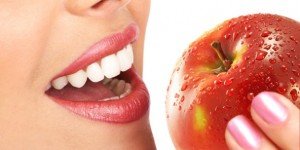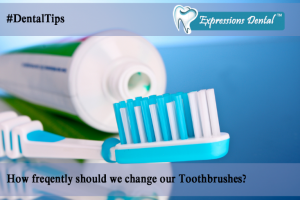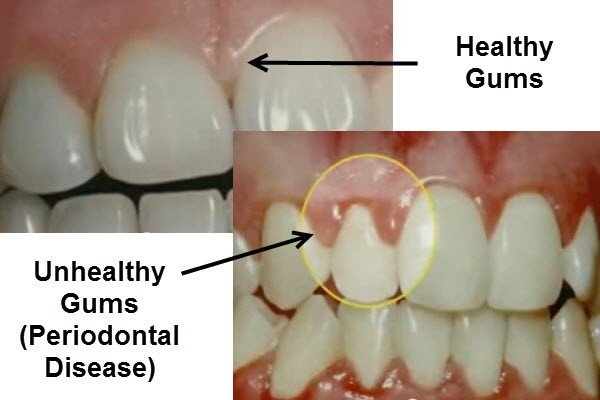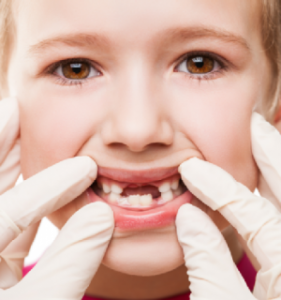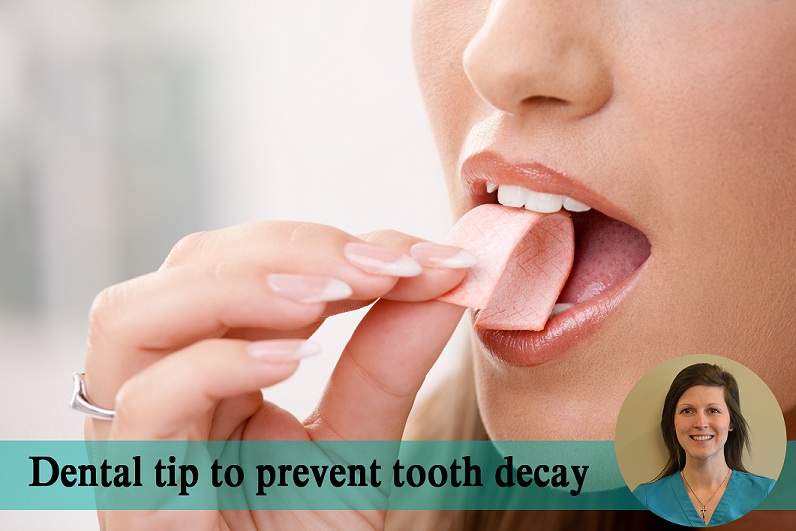The Benefits of Regular Visits to the Dentist
Visiting your dentist for regular checkups and cleanings can help prevent many dental problems as well as to help you maintain optimal oral health. Don’t wait until you have a toothache before you call your dentist. You should have a regular dental visit at least every 6 months.
What happens during a dental visit?
-
Clinical dental examination – Your dental professional will check for cavities and to see if there is plaque or tartar on your teeth. Plaque is a clear, sticky layer of bacteria. If it is not removed, it can harden and become tartar. You cannot remove tartar with brushing and flossing. If plaque and tartar build up on your teeth, they can cause oral diseases.
Next, your gums will be checked. This will be done with a special tool to measure the spaces between your teeth and gums. With healthy gums, the spaces are shallow. When people have gum disease, the spaces may become deeper.
The check-up should also include your tongue, throat, face, head, and neck. This is to look for any signs of trouble, swelling, or cancer.
-
Dental cleaning – During the dental visit, your dental professional cleans your mouth by removing any plaque and tartar, polishing your teeth and flossing.
Once your examination and cleaning have been performed, they’ll tell you about the health of your teeth and gums and then make any additional recommendations. It’s important that you see your dentist every six months for a routine examination and cleaning. By seeing your dentist on a regular basis and following daily good oral hygiene practices at home, you are more likely to keep your teeth and gums healthy.



